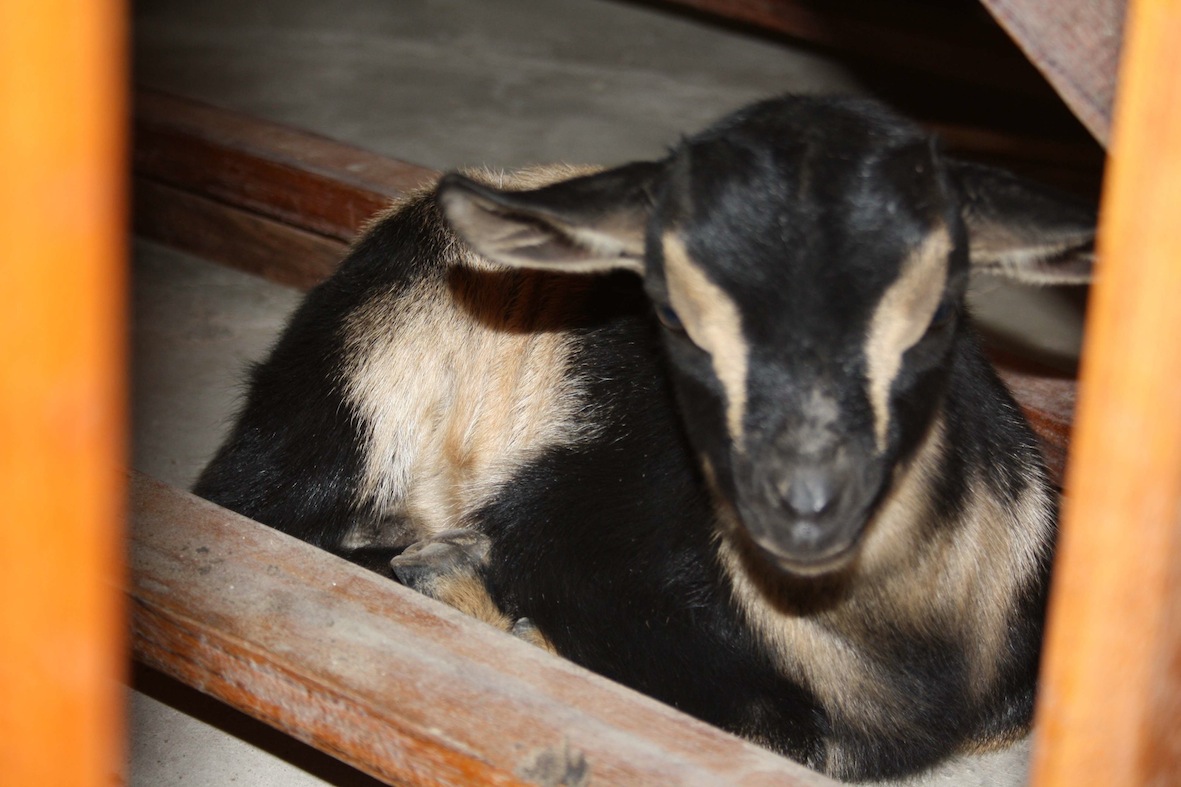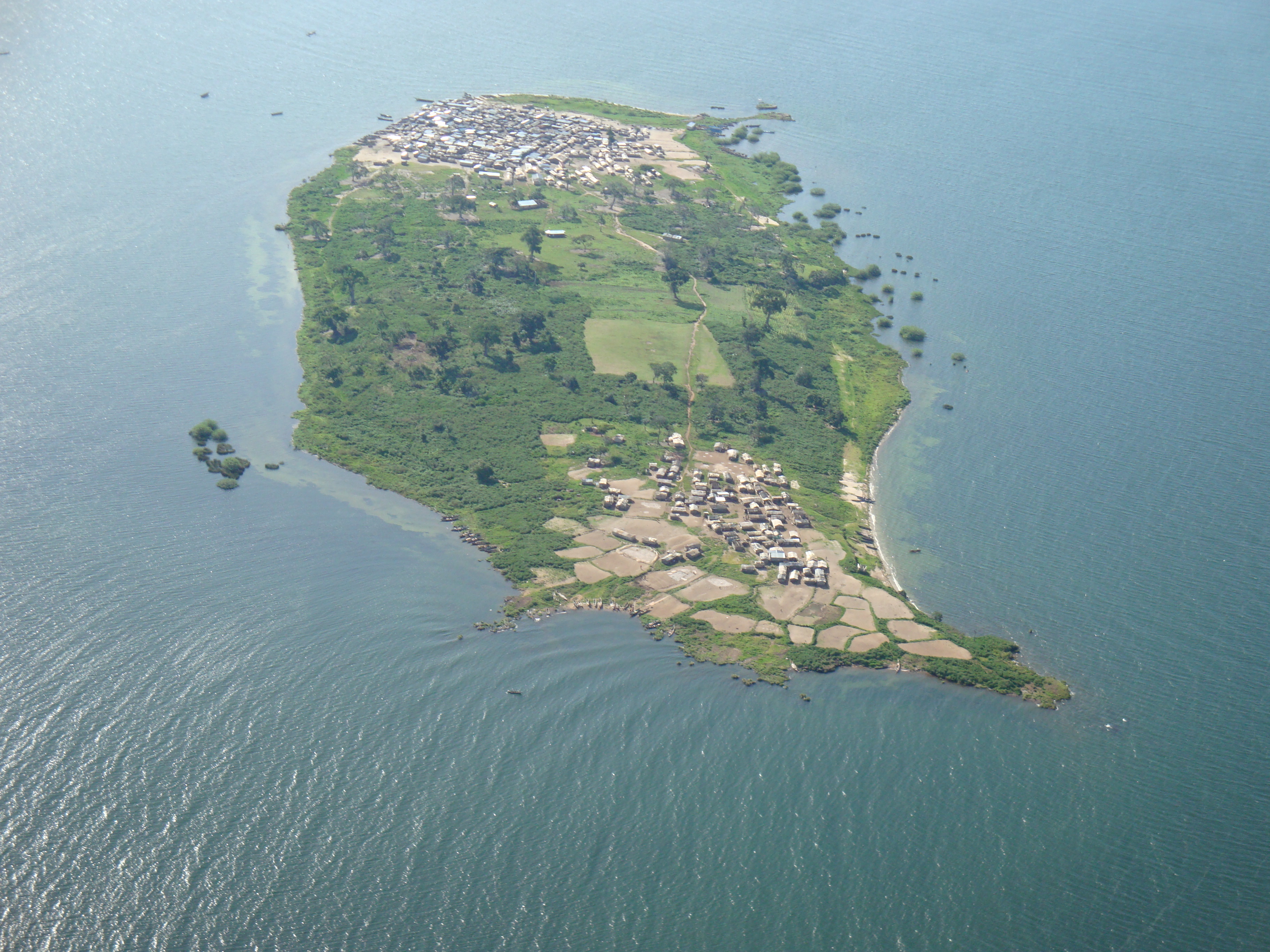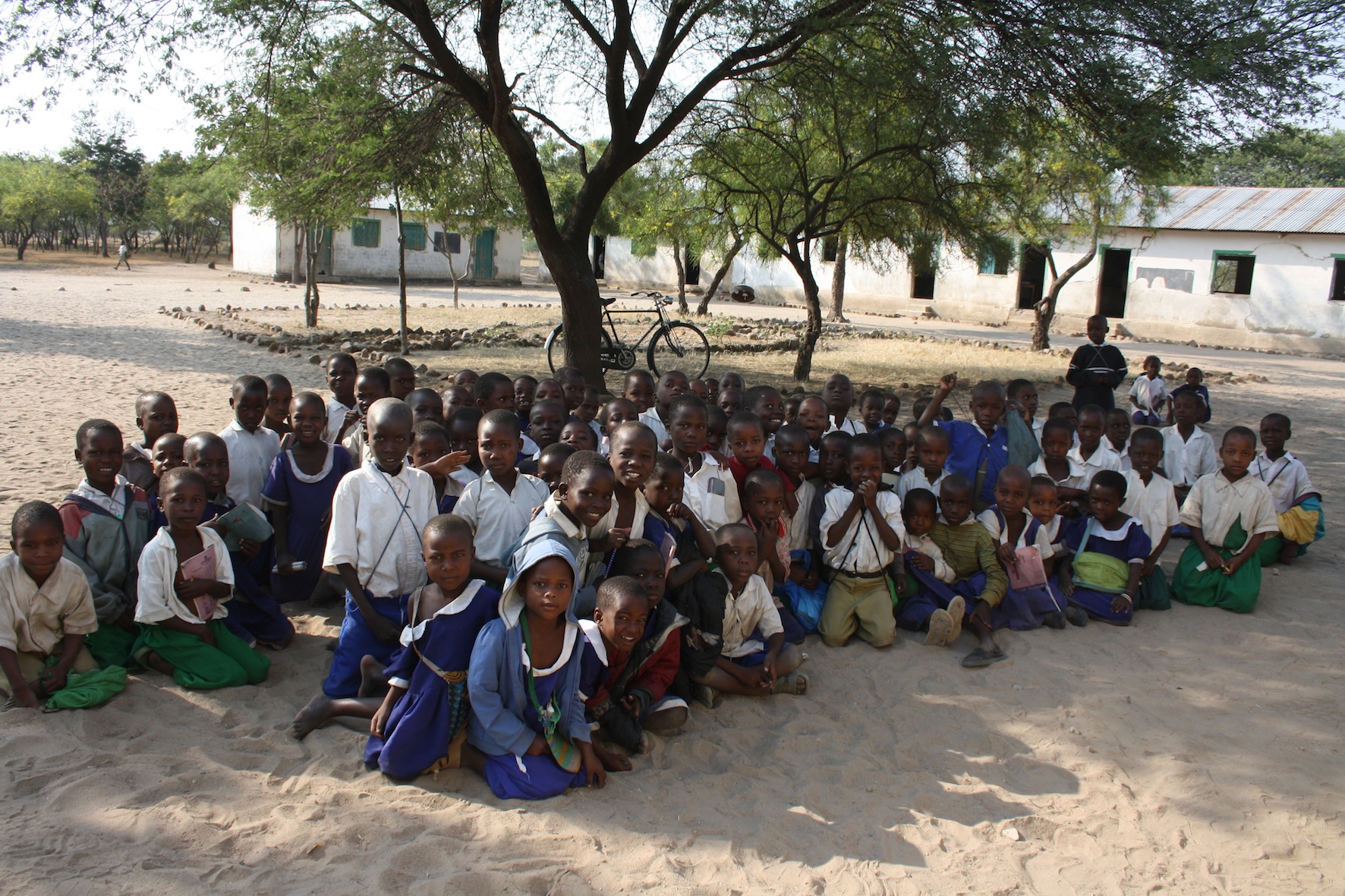QUESTION
Two months ago my daughter was in Uganda working and when came back to the States she was hospitalized for 4 days with Malaria symptoms. Her tests came back negative they really didn’t act like they knew how to treat this. They kept telling her they didn’t know how to diagnosis Malaria. So they treated her for it. She now after 2 months is once again hospitalized with the same symptoms. They are telling her they think it is a kidney infection. Can malaria be misdiagnosed as a kidney infection. She once again has all the symptoms as malaria?
ANSWER
What tests did the doctors do to try to diagnose malaria in your daughter when she first got back to the States? Usually, malaria is diagnosed by a blood test, whereby a trained technician will look at the patient’s blood under a microscope. The technician looks for signs of the malaria parasite in the patient’s blood, and if seen, can determine the intensity of the infection as well as the species of malaria. This is important information for accurate treatment. Alternatively, rapid diagnostic tests, which utilize a droplet of blood in a device which looks similar to a pregnancy test, and can very quickly determine whether someone is infected with malaria. It is important to know that malaria cannot be diagnosed by looking at standard blood parameters. If you don’t think your doctors know what is afflicting your daughter, you should take her to a clinic which specializes in tropical or travel medicine. There, they will certainly know how to effectively diagnose your daughter.
Given that your daughter experienced a resurgence of symptoms two months after returning, if she did have malaria, then there are two kinds which she might have: Plasmodium ovale and Plasmodium vivax. The other types of malaria, including the most deadly kind, P. falciparum, are not able to come back and relapse once they are treated. However, in order to prevent future relapses, your daughter may also have to be treated with another form of medication called primaquine. I will emphasize again, however, that it is crucial to gain an accurate diagnosis before taking any form of treatment for malaria.


